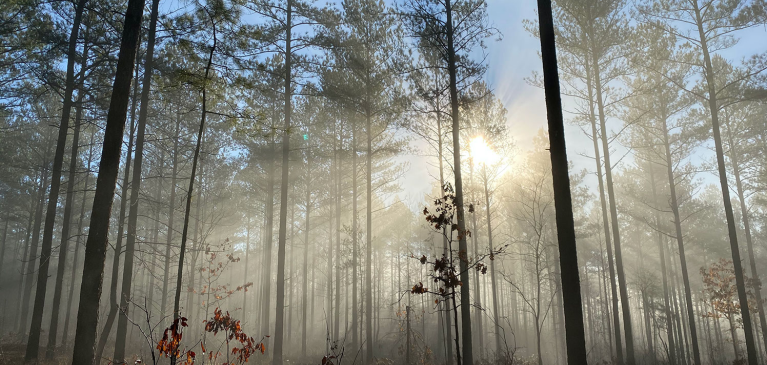
We’re all familiar with the reasons why someone would want a recreational land loan...but what about the how behind acquiring the land of your dreams?
First, what qualifies land as eligible for a recreational land loan? With GreenStone, five acres or more land intended for recreational use can be qualified for a land loan. A recreational land loan typically requires a 20 percent down payment and offers 30-year amortization terms. Partnering with GreenStone also provides you with some unique opportunities if your plans change in the future, including the ability to build on your land with a do-it-yourself or contracted construction loan.
If you’re considering a recreational land loan, you may have a lot of questions about how it all works. Let’s really get into the details:
What does a 20% down payment really mean?
GreenStone will lend 80% loan-to-value of the lower of the purchase price vs. appraised value. Ideally the property will appraise for what the borrower is purchasing it for - or better.
Borrowers who meet specific criteria and an acceptable minimum loan score may be eligible for a 15% down payment option. There are many loan approval standards to be met to qualify for this option, but if the land is vacant, it’s worth discussing with your loan officer.
There may be options to refinance other property to help mitigate the 15-20% down. In many cases we will appraise both properties, but any property with +20% equity or more that has been owned for one year can allow us to borrow more money. This may even eliminate the need for a down payment as both properties remain under one mortgage.
If the property pledged has a dwelling on it, GreenStone may be able to grant a lower interest rate as well. The property pledged as additional collateral could be a primary residence, secondary residence, or even recreational land with a dwelling on the property.
Does GreenStone require perk tests on recreational land?
Although it’s a good idea to do a perk test for the property on the front end, if you ever plan to build the property in the future, GreenStone does not require perk tests. Many borrowers will complete one in the future once they have decided where they want to potentially build on the property in the future.
Does GreenStone require a new survey for a land purchase?
Some borrowers will order a new land survey during a purchase for their own records. GreenStone does not require a new survey be completed on recreational land unless there is a legal description issue in accordance with the title work, or the land is being split at the time of the purchase. If there are no legal description issues or a split taking place, this can save you some time and money when buying property.
What about using online GIS mapping, OnXmaps, GAIA GPS, or other tools to make sure property has road frontage/access?
As a lender, we do our best to make sure properties have legal road access from the start of the loan, because there can be adjusted value issues with landlocked property. This is a great detail to know when borrowers are looking for the right area or location to buy new recreational property. If the property doesn’t have road access, there are options that can be discussed with the seller that should be discussed at the beginning of the financing process. There are more and more improved resources to research parcel information and high-definition satellite images when searching for property.
What about large acreage purchases vs. appraisals?
If an existing parcel is 30 acres or more, there is potential we can use the State Equalized Value (SEV) instead of appraising the property. (The SEV is the assessed value multiplied by two.) If the SEV supports the purchase price, and the loan amount is less than $250,000, we may not need to appraise the parcel. This is a great way to save the borrower money and speed up the loan process. The SEV doesn’t accurately reflect current market value but still is a valuable tool when we can apply it.
Equity loan opportunities
Borrowers may find themselves looking for opportunities to make improvements to their vacant land whether that is building a pole barn, improving access roads, installing utilities, or pouring a cement pad to park a camper. Enhancing the land’s usability and appeal can benefit the consumer’s needs and boost its market value. There are unique loan opportunities at GreenStone to leverage the vacant land equity instead of liquidating other investments.
What do I need to know about property taxes on agricultural or recreational land?
Unfortunately, we have no way to predict what may happen to the taxes on a property after a new transaction. As a new landowner, this is something you consider seeing if you qualify for a different or same property class to save some money on taxes. A great resource would be the local township in which the new land falls under. If the property qualifies, you will either sign an affidavit at closing or work it out with the township after you own the property.
If you have further questions on recreational land loans, reach out to your local GreenStone branch.


